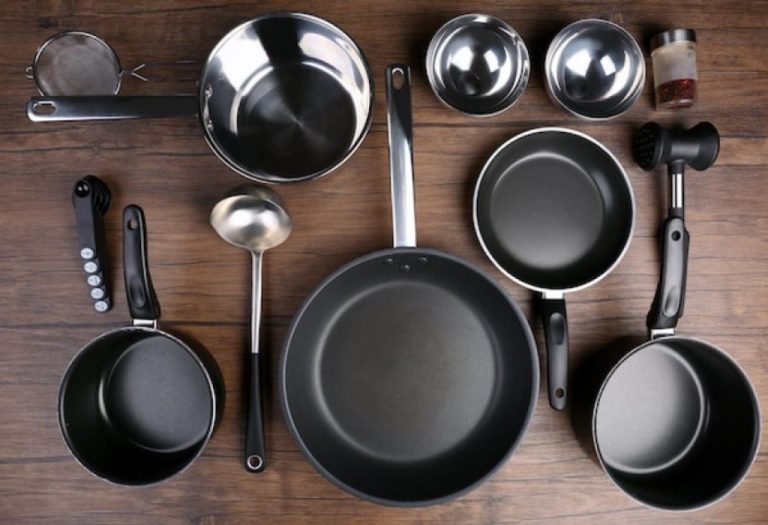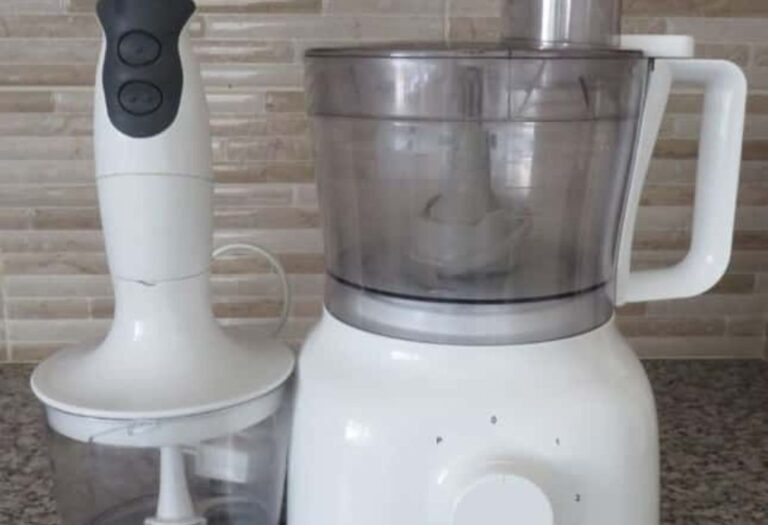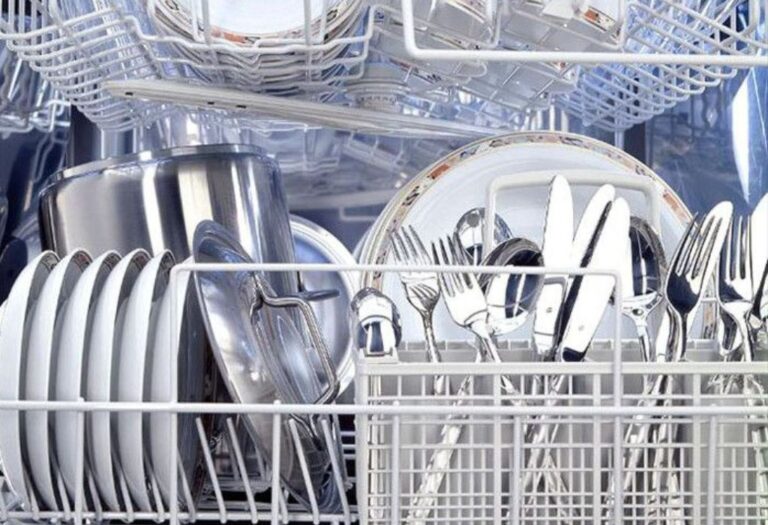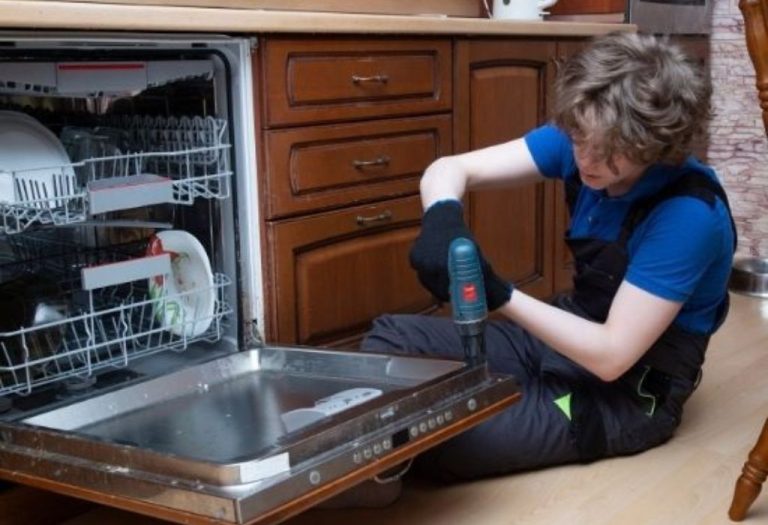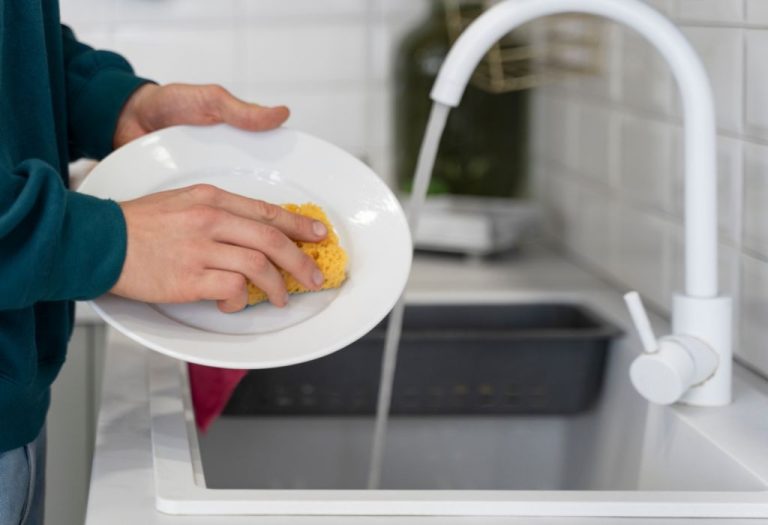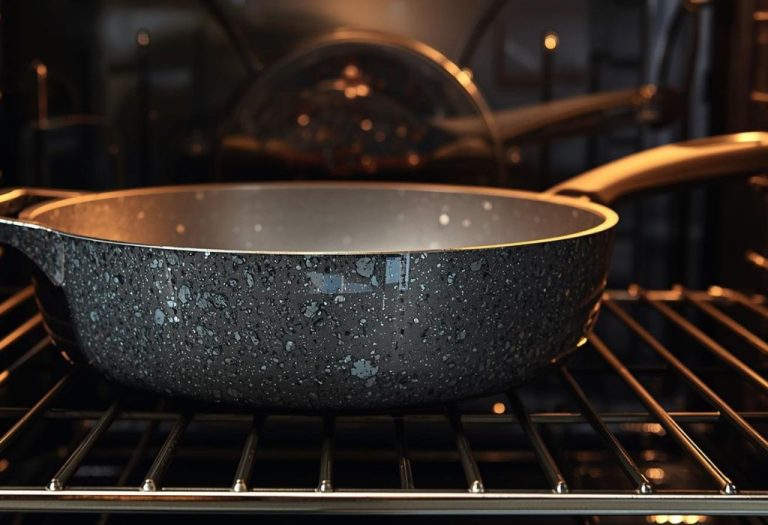Cookware choices can be confusing, with every brand promising durability, safety, and convenience. Amid the options, one question keeps coming up: is ceramic non stick cookware good or just marketing hype?
Ceramic non stick pans attract attention because they are PFAS-free and marketed as healthier alternatives to traditional non stick. Their appeal lies in non-toxic cooking, easy cleanup, and sleek designs that fit modern kitchens.
Concerns arise, however, when durability is considered. Studies show that most ceramic non stick coatings wear down within two to three years, leaving users disappointed when food starts sticking [source].
Traditional PTFE pans often last longer, but they carry safety risks at very high heat. Research confirms that overheating PTFE can release harmful fumes, which explains the growing demand for ceramic alternatives [source].
The curiosity grows because ceramic cookware appears to offer the best of both worlds: chemical-free safety and strong non stick performance. The challenge is that real-world results often depend on brand quality, cooking habits, and care.
What Is Ceramic Non Stick Cookware?

Ceramic non stick cookware is typically made with an aluminum or stainless steel base coated in a silica-based layer. This layer is created through a process called sol-gel, which produces a smooth, glass-like surface that provides non stick performance.
Unlike traditional Teflon pans, ceramic cookware does not contain PTFE or PFAS. This makes it a popular choice for households seeking safer and more eco-friendly alternatives.
The non stick coating is designed to handle higher temperatures than standard PTFE. Many ceramic pans can tolerate heat up to around 370 °C (700 °F), reducing risks of harmful fumes during cooking.
Ceramic non stick cookware is also marketed for its sleek appearance and quick cleanup. However, its coating is more prone to wear, which limits its overall durability compared to some traditional non stick pans.
Pros — What Makes Ceramic Non Stick Cookware Good?
One of the biggest advantages of ceramic non stick cookware is its non-toxic surface. It is free from PFAS, PTFE, and other chemicals that have raised health concerns in traditional non stick coatings.
Ceramic coatings allow for healthier cooking with little or no oil. This makes it easier to prepare meals that are lower in fat while still preventing food from sticking.
Another benefit is the ability to handle higher heat compared to PTFE-based pans. Many ceramic pans can tolerate oven use and stovetop searing without releasing harmful fumes.
Ceramic cookware is also praised for even heat distribution, especially when built with a hard-anodized aluminum base. This ensures consistent cooking results across different recipes.
In addition, the sleek appearance and easy cleanup make ceramic cookware a stylish and practical addition to modern kitchens.
Cons — Drawbacks and Longevity Concerns
While ceramic non stick cookware is praised for safety, its durability is often limited. Most coatings begin to lose effectiveness within two to three years of regular use.
The non stick layer is more prone to scratching and chipping compared to high-quality PTFE coatings. Using metal utensils or abrasive cleaners can accelerate this wear.
Dishwasher use is another factor that reduces lifespan. Harsh detergents and high heat break down the ceramic surface, making hand-washing the better option.
Overheating can also damage the coating. Exposing ceramic cookware to extreme temperatures may cause discoloration, cracks, or reduced non stick performance.
These drawbacks make ceramic non stick cookware less reliable for those seeking long-term durability. Choosing high-quality brands and practicing proper care can reduce these issues but not eliminate them completely.
Ceramic vs Traditional Non Stick (PTFE/Teflon)
The debate between ceramic non stick cookware and PTFE-based pans centers on safety and durability. Ceramic is valued for being PFAS-free, while PTFE raises concerns about fumes when overheated.
In terms of performance, PTFE pans often provide a slicker surface and longer lifespan. Ceramic coatings, while safer, typically lose their non stick qualities within a few years.
Heat resistance is another difference. Ceramic cookware can tolerate higher cooking temperatures, making it suitable for searing and oven use. PTFE coatings should be kept below 260 °C (500 °F) to avoid breakdown.
Cost also influences choice. Ceramic pans are often marketed as budget-friendly or eco-friendly alternatives, while premium PTFE options may last longer but carry more health concerns.
For many buyers, ceramic offers peace of mind through chemical-free cooking, while PTFE delivers greater longevity. The best option depends on whether safety or durability is the higher priority.
Choosing Quality — What Makes Some Ceramic Cookware Better
Not all ceramic non stick cookware is created equal. The quality of the base material, coating process, and brand standards can greatly influence performance and durability.
Cookware with a hard-anodized aluminum base often provides superior heat distribution. This prevents hot spots and helps the ceramic coating last longer under regular use.
Reinforced coatings, such as those infused with diamond or titanium, are more resistant to scratches. These options cost more but deliver better value over time.
Brand reputation is another factor to consider. Established names like GreenPan, Caraway, and Kyocera often offer more reliable non stick performance compared to lower-cost alternatives.
Investing in higher-quality ceramic cookware may require a larger upfront expense. However, it reduces the risk of rapid coating wear and improves the overall cooking experience.
Care & Maintenance for Longevity
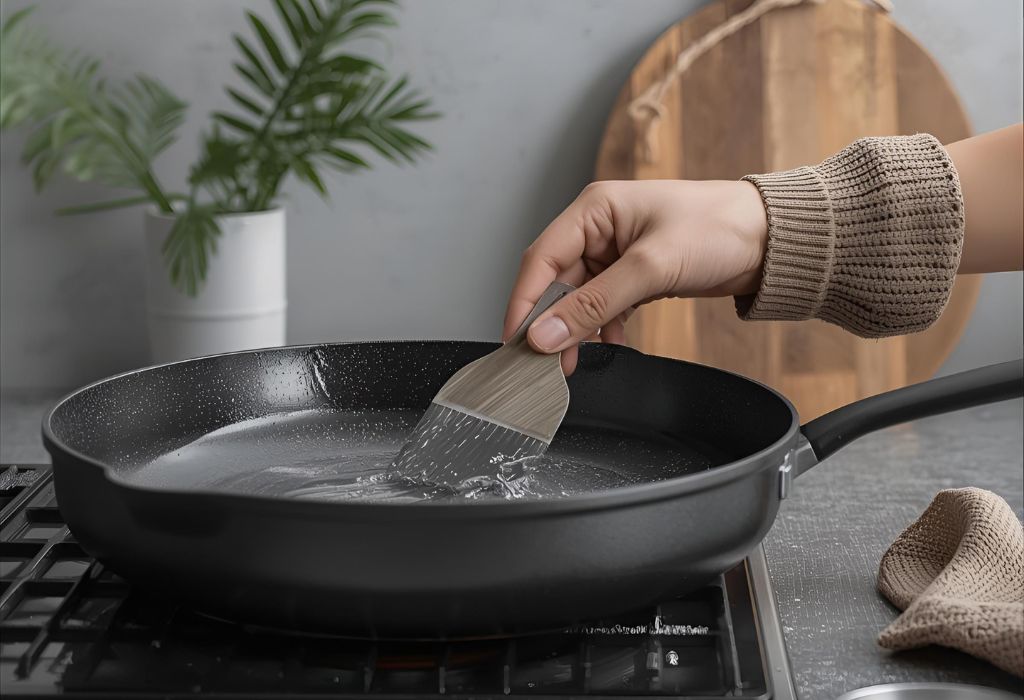
The lifespan of ceramic non stick cookware depends heavily on proper care. Simple habits can extend performance and preserve the non stick surface.
Using low to medium heat protects the coating from damage. High heat can cause discoloration, cracks, and a faster breakdown of the non stick layer.
Soft utensils such as silicone, wood, or nylon are recommended. Metal tools can scratch the surface and reduce durability.
Hand-washing with mild soap and a soft sponge is the safest cleaning method. Dishwashers expose cookware to harsh detergents and high temperatures that wear down the coating.
Storing pans carefully is also important. Placing a cloth or paper towel between stacked pieces prevents scratches and chips.
Value — Is It Good Value or Just Hype?
Ceramic non stick cookware is often praised for its affordability and safety. Many sets are marketed as budget-friendly while offering the appeal of non-toxic cooking.
The challenge is durability. Most ceramic coatings wear out within a few years, which can make frequent replacement necessary.
Premium ceramic cookware with reinforced coatings may provide better value. These options cost more but resist scratches and last longer than cheaper alternatives.
When compared to traditional non stick pans, ceramic delivers peace of mind with its chemical-free surface. However, buyers must balance this benefit against its shorter lifespan.
For households prioritizing safe, eco-friendly cookware, ceramic can be a worthwhile investment. For those seeking longevity above all, it may not provide the best long-term value.
Future Trends in Ceramic Non Stick Cookware
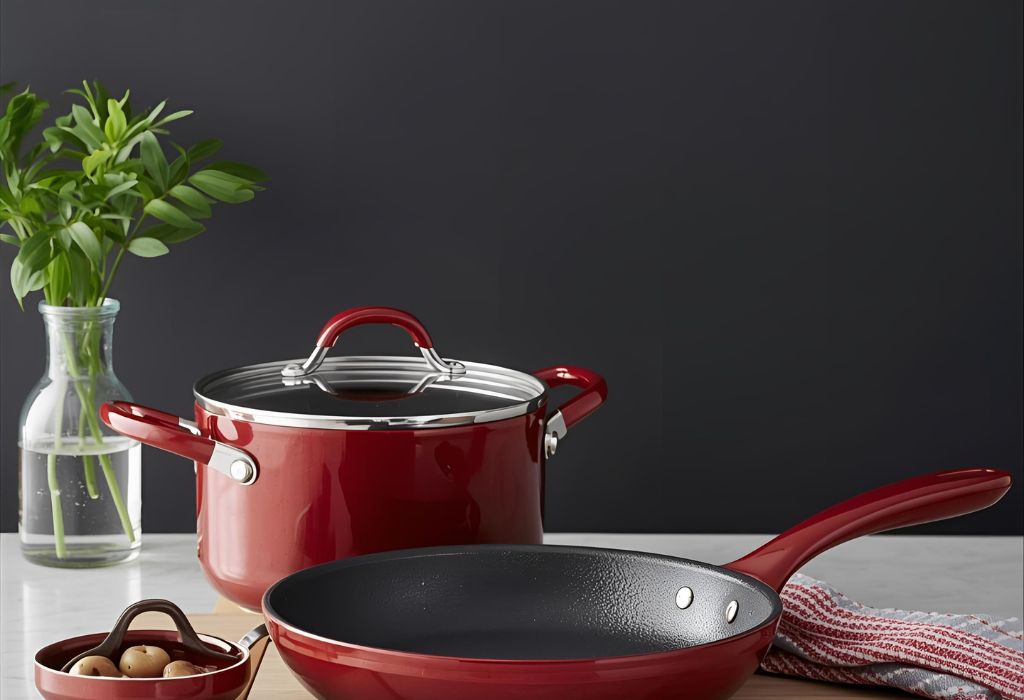
The market for ceramic non stick cookware continues to evolve as demand for safer and more sustainable products grows. Manufacturers are experimenting with stronger coatings and hybrid designs to improve performance.
Diamond and titanium-reinforced ceramic coatings are gaining popularity. These innovations aim to extend durability while maintaining a PFAS-free and non-toxic cooking surface.
Hybrid cookware that blends ceramic coatings with stainless steel or other durable bases is also emerging. These products combine even heating with better scratch resistance.
Consumer preference for eco-friendly and chemical-free options is driving further innovation. Reports show steady growth in the global ceramic cookware market, reflecting rising awareness of health and sustainability concerns.
The future of ceramic non stick cookware looks promising, with advances focused on longer lifespan, safer materials, and smarter design.
Conclusion
The question is ceramic non stick cookware good does not have a simple yes or no answer. It offers clear benefits such as non-toxic cooking, higher heat tolerance, and easy cleanup, but it also comes with limitations in durability.
For many households, ceramic cookware provides peace of mind by avoiding harmful chemicals found in some traditional non stick pans. However, its shorter lifespan means it may not be the best choice for those who expect long-term use.
Choosing higher-quality brands, using proper utensils, and practicing careful maintenance can maximize the value of ceramic non stick cookware. With the right care, it can deliver safe and reliable performance for everyday cooking.
I’m Emma J. Caldwell, the founder, lead writer, and home-cooking enthusiast behind KitchenGuideCo.com. With a background in culinary arts and over a decade of cooking experience in both professional and personal kitchens, I created this platform to demystify recipes, offer smart kitchen gadget reviews, and guide readers through meal prep with confidence and clarity.

